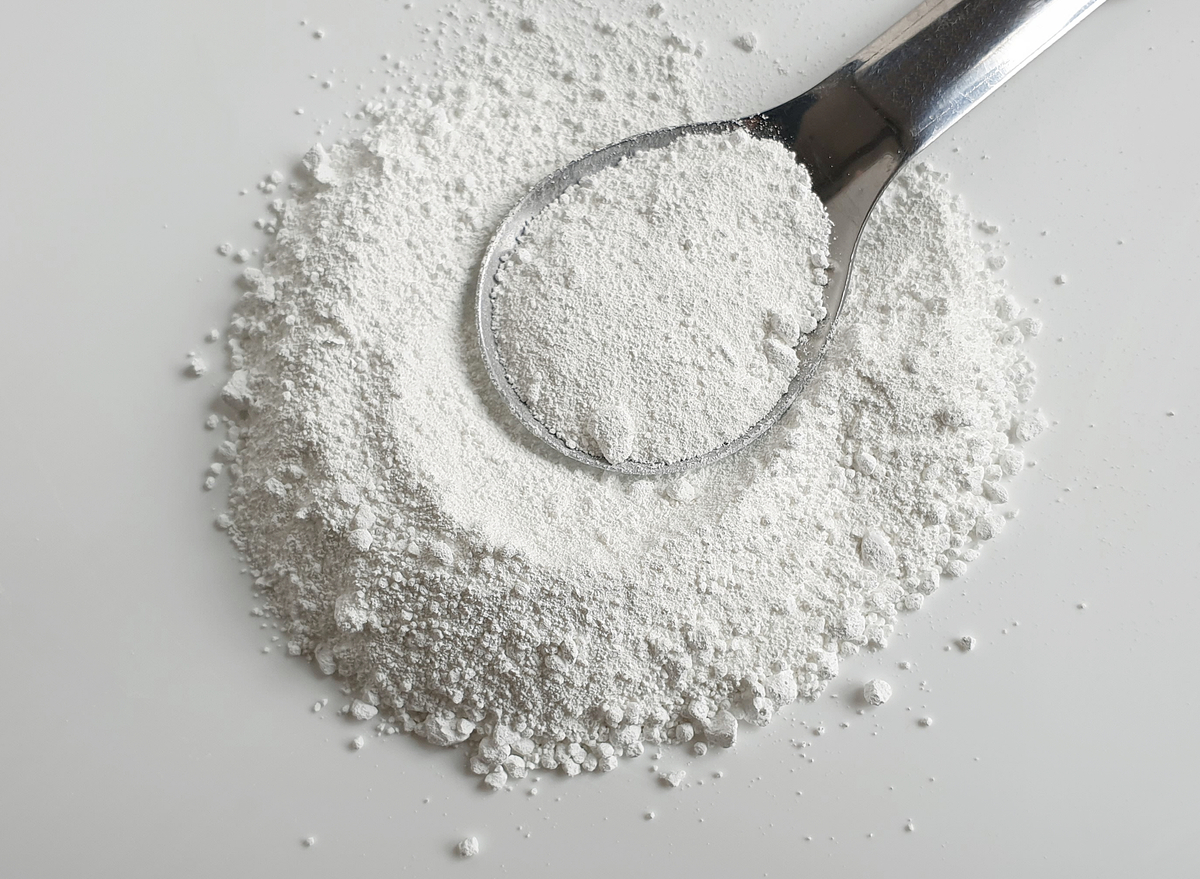Titanium dioxide (also known as TiO2, white titanium, or Pigment White 6 – PW6)) is an awe-inspiring ingredient in a myriad of industries. It’s particularly popular in paints, rubber plastics and paper. This versatile compound, with its sparkling white pigment plays a vital role in transforming raw material into vibrant finished products. The following article will discuss the marvels and uses of titanium oxide, as well as the production method, to discover how it affects various industries.
The Canvas of Titanium Dioxide, A Palette of Possibilities
Titanium dioxide serves as an important component in the manufacture of numerous products, enhancing the aesthetic appeal and function of the items we use every day. Pigment White 6 plays a important role in the making of paints. This brilliant transparent white color increases the vibrancy and cover of industrial and artistic applications.

In the field of plastics, titanium dioxide not only imparts color, but acts as a stabilizing UV agent and protects against the damaging effects of ultraviolet radiation. The dual function of titanium dioxide makes it dioxide a vital component of many plastic products. These include durable outdoor goods to packaging materials.
The Manufacturing Alchemy of Titanium Dioxide Production Processes
The manufacturing of titanium dioxide involves intricate processes and two main methods in the forefront: the sulfuric acid method as well as the chlorination process. Each method has its own unique particularities and applications, adding to the flexibility of titanium dioxide across various industries.
The Sulfuric Acid Method: This method involves the reaction titanium-bearing ores with sulfuric acid that results in the creation of a solution of titanium sulfate. The solution is then hydrolyzed to an hydrated titanium oxide. After calcination, the final product will be a fine white powder that can be employed in many industries, such as paper and paint.
The Chlorination Method contrast, the chlorination method makes use of chlorine gas to react with ores that contain titanium, creating titanium Tetrachloride. After a series if chemical reactions, titanium tetrachloride can be oxidized into pure titanium oxide. This method is widely used for the production and use of titanium dioxide by plastics, rubber and other industries.
Titanium Dioxide Applications: Art and Science
Paint Brilliance Across Industries: Titanium dioxide’s significance in the world of paint is unrivaled. Titanium dioxide is a popular option for homeowners, artists as well as industrial users because it is able to create a vibrant white color. Its brilliance is not just visible, but practical also. It increases the life span of paint-coated surfaces.
Shaping Plastics with Radiance: In plastics, titanium dioxide serves a dual purpose. Apart from serving as a white colorant titanium dioxide is also a UV stabilizer that provides crucial protection from the degrading impact of sunlight. It is commonly used in outdoor plastic products to ensure their durability and appearance.
Opacity and Paper Whiteness In the paper industry, titanium dioxide contributes to the transparency and whiteness of paper products. The use of titanium dioxide can increase the brightness and clarity of printed materials. Titanium dioxide is employed in the production of paper for more than just aesthetic reasons. It also plays a crucial role in enhancing the overall quality.
Rubber Resilience, UV Resistance The rubber industry has the ability to benefit from the UV resistance of titanium dioxide. Titanium dioxide shields rubber-based products from the harmful ultraviolet radiation.
Beyond Pigment: Titanium Dioxide’s Invisible Impact
While the impact of titanium dioxide is very evident in its use as a pigment, its influence is not limited to color. Its capacity to increase the strength, durability, and long-term performance of materials in different sectors makes it an invisibly but indispensable element in the quality and performance of final products.
In the end, titanium dioxide emerges as a significant substance, seamlessly integrating into multiple industries. It’s known as Pigment White 6 and it provides a radiant shine to canvasses that are both artistic and industrial. Its production is the result of two processes such as chlorineation and sulfuric acids. This makes it suitable for a wide array of possibilities. Whether enhancing the visual allure of paints, fortifying plastics against UV rays, making paper more bright, or protecting rubber, titanium dioxide is regarded as a testament to the harmonious combination of science and art in the field of manufacturing. The brilliance of titanium dioxide illuminates our daily lives and forms a wide range of products that radiate enduring shine.